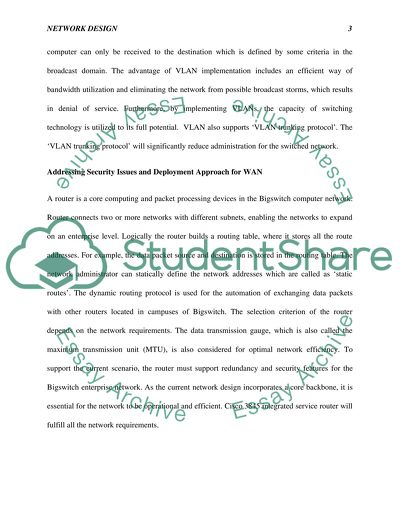Cite this document
(“Big Switch Network Design Essay Example | Topics and Well Written Essays - 2250 words”, n.d.)
Retrieved from https://studentshare.org/information-technology/1454179-big-switch-network-design
Retrieved from https://studentshare.org/information-technology/1454179-big-switch-network-design
(Big Switch Network Design Essay Example | Topics and Well Written Essays - 2250 Words)
https://studentshare.org/information-technology/1454179-big-switch-network-design.
https://studentshare.org/information-technology/1454179-big-switch-network-design.
“Big Switch Network Design Essay Example | Topics and Well Written Essays - 2250 Words”, n.d. https://studentshare.org/information-technology/1454179-big-switch-network-design.


